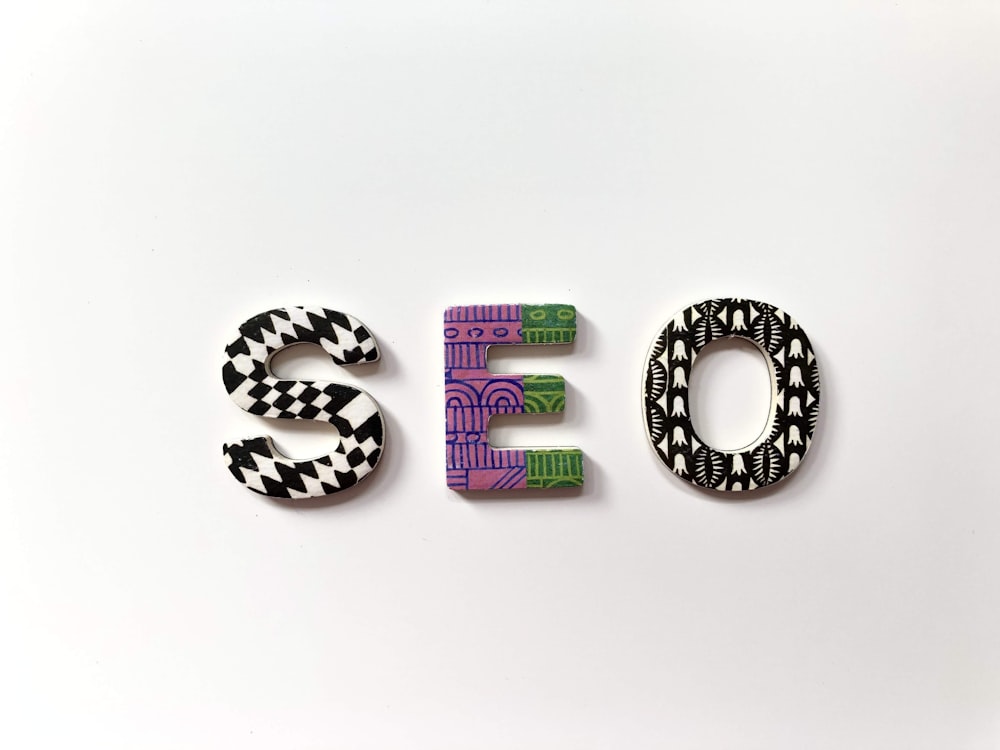Contextual backlinks to your site could be a wonderful method of increasing your search engine rankings. Before you get started, however, there are certain things you need to keep in mind.
The search for contextual links can take effort and time. It’s well worth the effort at the end. You’ll reap the rewards in the long-term, with better rankings for keywords.

Contextual backlinks are an important element of SEO or search engine optimization (SEO). They can help your site rank higher on Google’s SERPs and increase organic traffic.
One of the most effective methods to get contextual links is through guest blogging. You should ensure that your guest blog site is pertinent to your industry and business.
Additionally, you can create backlinks that are contextual by creating linking campaigns that build reciprocity. They can be carried out via the internet or via social media.
It is crucial to look for sites with authoritative domains as well as relevant users. These websites are more likely to hyperlink back and include your company in their posts.
Google uses contextual backlinks as one of the 200plus ranking signals that determine your rank. Google makes use of these links to understand your website’s content by studying the context and content of any pages linking to it.
What is a contextual link?
Contextual hyperlinks are a form of backlink used to assist your website in improving its ranking in search engines. Because they are more relevant than traditional backlinks, they are more valuable.
Google believes that contextual linking can as an endorsement that your site is worthy of a higher ranking. They also provide an indication of credibility for the site that has been linked to as well as the link’s source.
The best contextual links are natural and come from high-quality websites. They should be placed in relevant content that has meaning and is relevant to your industry as well as your niche or business.
One of the best ways to boost traffic to your site and boost your ranking on search engines is to create additional contextual links. This is an excellent way for your brand to be acknowledged as an expert in your field.
Web 2.0 Contextual Backlinks
Web 2.0 context backlinks are hyperlinks that are embedded in the text of a piece. These backlinks are extremely valuable as they enable search engines to determine the context of the piece and place it in the appropriate order.
Although they can be useful in building high-quality backlinks they must be executed correctly. They can result in black hat SEO techniques that may cause harm to your SEO efforts.
That’s why the importance of quality links. It’s not just one or two web 2.0 sites. Google will not penalize you when you employ white-hat techniques to create these links.
How to Locate Contextual Links
These are the top kind of external links to use with search engines. They come from trustworthy sources that are relevant to the content they’re linking to.
It is important to build relationships with domains with authority for the purpose of obtaining contextual links. This can be achieved through interviews and guest posts along with other strategies for building links.
You can establish a web-based network of quality sites which link to yours by using these strategies. This will lead to increased visitors and better rankings for your website.
Internal hyperlinks can be utilized to create contextual links. They are the links to your website that lead to pages with useful and relevant information. It keeps your readers engaged and keeps them on your site which is beneficial for SEO.